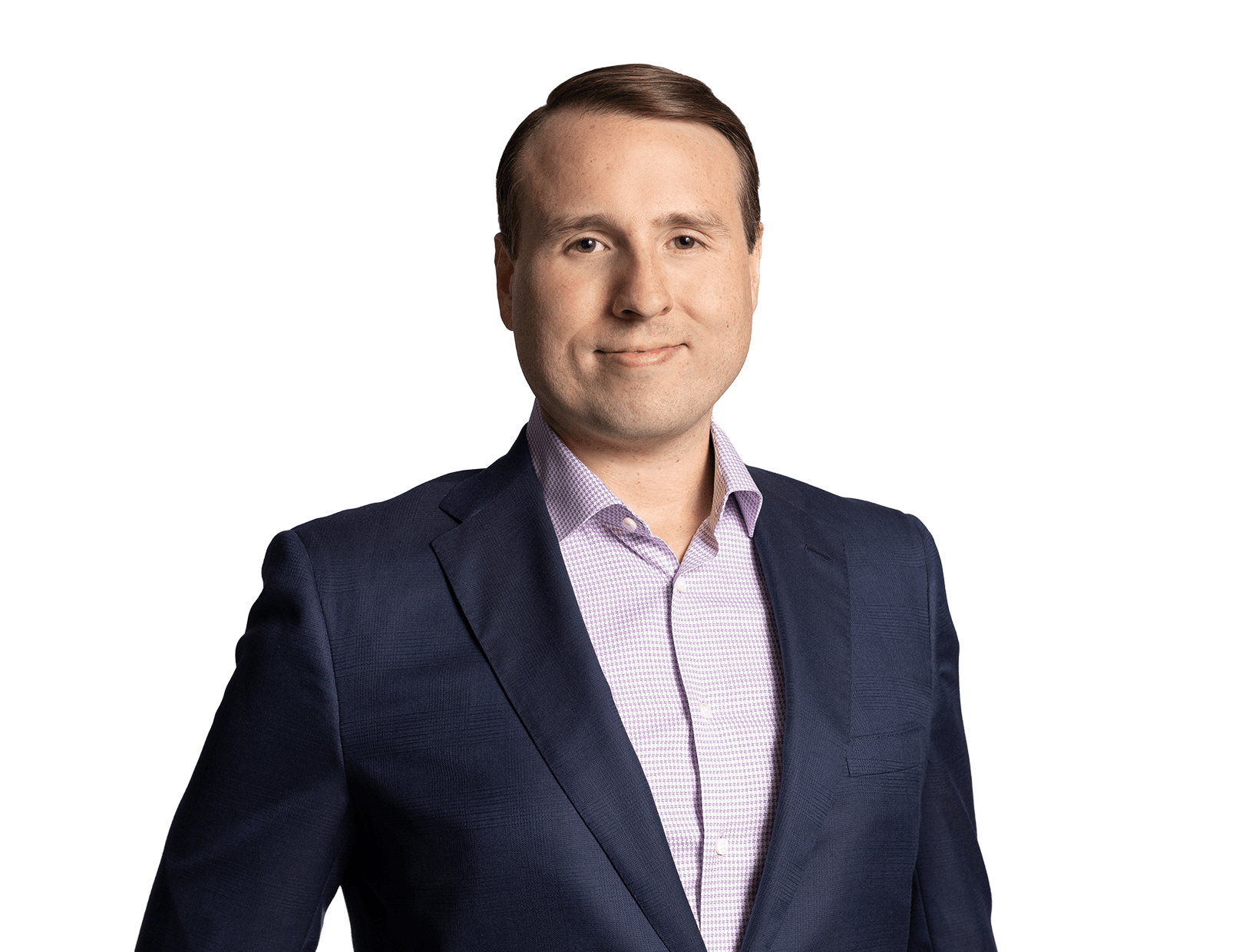Authors: Chris W. Dryer, Michael C. Tyler
Helferich Patent Licensing, LLC v. The New York Times Co., ___ F.3d ___ (Feb. 10, 2014) (TARANTO, Bryson, Chen) (N.D. Ill.: Darrah) (4 of 5 stars)
Federal Circuit reverses summary judgment of noninfringement based on patent exhaustion. The case involves seven patents containing claims to mobile device handsets and other claims to systems and methods for transmitting data to handsets. The patentee previously licensed its portfolio to handset manufacturers, but filed against content providers who transmitted data to the handsets. Exhaustion did not bar the suit, even though the patents necessarily involved use of the already licensed handsets.
The Court extensively surveyed patent exhaustion precedent, concluding that courts have found exhaustion "only when the patentee's assertion of infringement was, or depended on, an assertion that an authorized acquirer [of a product practicing the patent] was using the same invention by infringing the asserted claims." Slip op. at 20. In contrast, there was no allegation here that the handset users were themselves infringing; rather, the infringement charges were directed solely at third parties transmitting data to the handsets in a manner covered by the content claims. The Court also emphasized that the handset and content claims were separately patented, unlike in patent exhaustion precedents involving complementary products, where the fact that one of the products was not separately patented was critical to the application of exhaustion. Moreover, the defendants did not argue that the claims could be infringed only with a handset with the inventive features in the patentee's other patents.
Stressing the novelty of the defendants' argument, the Federal Circuit declined extent the exhaustion doctrine, emphasizing that (1) cases grounding exhaustion in the common law of property suggested that the doctrine only protected the activities of the handset owners; (2) Congressional silence on the subject of exhaustion supported hewing closely to established precedent; (3) expanding the exhaustion doctrine to cover related products or third-party use could have dramatic implications for patent policy in the areas of software, communications, and social networking; and (4) restriction requirements imposed by the PTO during prosecution supported the conclusion that the content claims and handset claims were directed to distinct inventions.
